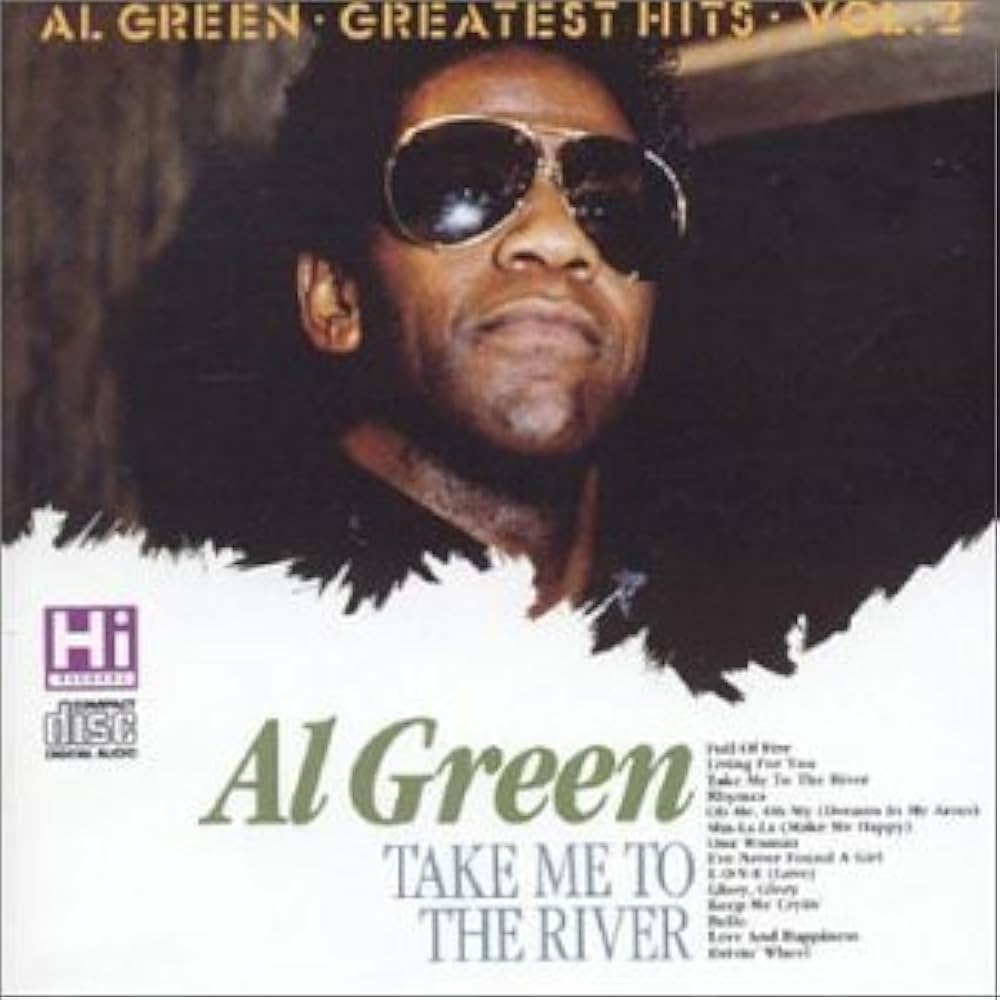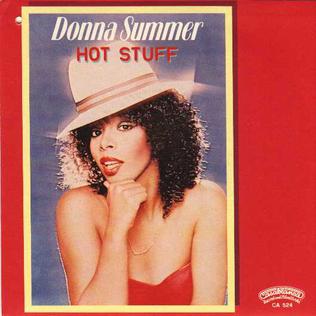 When “Funk #49” hit the airwaves in 1970, rock music was in the midst of a thrilling transformation. Psychedelia was fading, hard rock was taking hold, and the blues-based riff was king. Enter The James Gang, a Cleveland power trio with a ferocious sound and a young guitarist named Joe Walsh, whose swaggering tone and inventive playing would soon make him one of rock’s most distinctive figures. “Funk #49,” the lead track from their second album James Gang Rides Again, captured lightning in a bottle—three musicians locking into a groove so tight, raw, and infectious that it felt both spontaneous and masterfully crafted. It wasn’t just a song; it was a declaration of groove-centered rock rebellion.
When “Funk #49” hit the airwaves in 1970, rock music was in the midst of a thrilling transformation. Psychedelia was fading, hard rock was taking hold, and the blues-based riff was king. Enter The James Gang, a Cleveland power trio with a ferocious sound and a young guitarist named Joe Walsh, whose swaggering tone and inventive playing would soon make him one of rock’s most distinctive figures. “Funk #49,” the lead track from their second album James Gang Rides Again, captured lightning in a bottle—three musicians locking into a groove so tight, raw, and infectious that it felt both spontaneous and masterfully crafted. It wasn’t just a song; it was a declaration of groove-centered rock rebellion.
The track showcased everything that made the early ’70s such a golden age for guitar-driven music: raw energy, instrumental precision, and a sense of musical freedom that defied rigid genres. Its sound sits perfectly at the intersection of blues, funk, and hard rock, with Walsh’s unforgettable riff serving as both backbone and battle cry. “Funk #49” didn’t need flashy lyrics or studio gimmicks—it was pure, unfiltered musicianship that still resonates more than five decades later.
The Birth of a Rock Powerhouse
The James Gang had already begun to make waves in the late 1960s as one of the Midwest’s most exciting live acts. Originally formed in Cleveland, Ohio, the band underwent several lineup changes before settling into its classic trio format: Joe Walsh on guitar and vocals, Dale Peters on bass, and Jim Fox on drums. By 1970, this configuration had honed their sound into a tight, thunderous unit capable of filling the space that larger bands needed multiple members to occupy.
“Funk #49” was born out of the band’s relentless experimentation during jam sessions. The title itself was a tongue-in-cheek nod to their earlier track “Funk #48,” from their debut album Yer’ Album. Rather than being a sequel in theme, it was more like a continuation of spirit—a further exploration of rhythm, groove, and electric texture. The “Funk” in the title didn’t refer strictly to the genre but rather to the feel: that deep, syncopated pulse that gave the track its kinetic energy.
Crafting the Sound of “Funk #49”
At its core, “Funk #49” is deceptively simple. There are no sprawling solos or extended lyrics—just a lean, muscular riff built around a syncopated groove that demands attention. The song’s iconic guitar line, played by Walsh on his Gibson Les Paul, combines blues phrasing with a rhythmic sharpness that nods to funk’s danceable roots. It’s one of those riffs that feels eternal—instantly recognizable and endlessly replayable.
The rhythm section of Peters and Fox is equally crucial. Fox’s drumming, with its crisp snare hits and dynamic cymbal work, drives the song forward with explosive precision. Peters’ bassline, meanwhile, locks in perfectly with the guitar, adding depth without overpowering the groove. Together, the trio crafts a sonic landscape that feels alive and spontaneous, as if the listener has been dropped directly into a live jam session at full throttle.
Even the structure of “Funk #49” feels revolutionary for its time. With minimal lyrics and a heavy emphasis on instrumental interplay, it breaks from the verse-chorus-verse conventions that dominated rock radio. The song feels like an unbroken conversation between instruments, punctuated by Walsh’s playful, almost taunting vocal delivery.
Joe Walsh: The Guitar Alchemist
Joe Walsh’s role in shaping “Funk #49” cannot be overstated. Before he became a household name as a solo artist and later as a member of the Eagles, Walsh was already redefining what a rock guitarist could be. His tone was equal parts grit and clarity, with a distinctive sense of phrasing that blended blues roots with experimental flair.
On “Funk #49,” Walsh’s playing captures a perfect balance between discipline and abandon. His guitar becomes both rhythm and lead, filling every gap in the sonic spectrum. But beyond technical prowess, what makes his performance so compelling is its personality—it sounds like he’s having a blast, grinning from ear to ear as he pushes each note to the edge of chaos.
Walsh also handled the song’s production alongside the band, bringing a raw, unpolished quality that perfectly suited their live energy. Rather than over-layering the mix, the recording lets every instrument breathe, capturing the immediacy of three musicians locked in perfect sync.
Lyrical Minimalism and Attitude
The lyrics of “Funk #49” are sparse, serving more as rhythmic punctuation than as a narrative. Walsh sings about a woman who drives him wild and “keeps messin’ around,” a familiar blues-rock trope delivered with sly humor. The simplicity works to the song’s advantage, emphasizing the groove over the story and allowing the listener to focus on the interplay of instruments.
What makes the vocal delivery memorable is its attitude. Walsh doesn’t belt or croon—he struts through the lyrics with a wink and a smirk, embodying the swagger of the era’s rock rebels. The result is less about lyrical depth and more about mood. It’s a celebration of confidence, spontaneity, and unfiltered energy.
A Sound That Defined a Moment
Released as a single in 1970, “Funk #49” became one of The James Gang’s biggest hits, climbing the charts and earning heavy radio rotation. More importantly, it captured the spirit of a transitional moment in rock history. Psychedelia was giving way to more grounded, riff-driven music, and “Funk #49” bridged that gap beautifully. It retained the experimental spirit of the late ’60s but channeled it into a tighter, funkier, and more guitar-centric sound.
The song also foreshadowed the rise of other power trios like ZZ Top and the continued dominance of bands that emphasized groove and precision over excess. Its blend of funk rhythms and hard rock attitude helped lay the groundwork for the funk-rock movement that artists like the Red Hot Chili Peppers and Living Colour would later expand upon.
Reception and Legacy
Critics and audiences alike praised “Funk #49” for its raw power and infectious groove. The song quickly became a staple of rock radio, and it remains one of the most recognizable tracks from the early ’70s. Musicians admired its simplicity and craftsmanship, often citing it as a masterclass in how to do more with less.
Joe Walsh’s reputation skyrocketed after the song’s success. His inventive guitar work and unique sense of humor caught the attention of major artists, eventually leading him to join the Eagles in 1975. But “Funk #49” remained one of his proudest achievements—a perfect encapsulation of his early creative voice.
Over the years, the track has appeared in countless films, television shows, and commercials, maintaining its status as a cultural touchstone. Its riff has been sampled, covered, and reinterpreted by artists across genres, proving its timeless appeal.
The Technical Brilliance Beneath the Groove
Part of what makes “Funk #49” endure is its balance between accessibility and sophistication. To the casual listener, it’s a catchy, toe-tapping rock song. To musicians, it’s a study in precision, timing, and restraint. The interplay between guitar, bass, and drums is a textbook example of how a small ensemble can create a massive sound without cluttering the mix.
Fox’s drumming, for instance, incorporates subtle syncopations that give the song its elastic feel, while Peters’ bassline anchors the groove with impeccable timing. Walsh’s guitar tone, achieved through a combination of overdriven amps and meticulous mic placement, achieves that perfect crunch that became a hallmark of 1970s rock production.
Even the brief breakdown section, where the instruments drop out to let the groove breathe, demonstrates the band’s understanding of dynamics. That space makes the return of the riff hit even harder, a trick many later rock bands would emulate.
Influence on Future Generations
The influence of “Funk #49” extends far beyond its initial release. Its tight, rhythmic structure and emphasis on groove would echo through the work of countless artists. Bands like ZZ Top, Grand Funk Railroad, and even later groups such as The Black Keys owe a stylistic debt to the foundation The James Gang helped lay.
For guitarists, “Funk #49” remains a rite of passage. Its main riff is one of the most taught and recognizable in rock history—a benchmark for tone, timing, and feel. Musicians often cite it as a perfect example of how to make a simple idea sound enormous through groove and chemistry.
The Spirit of the Jam
One of the most endearing qualities of “Funk #49” is that it feels alive. Even on record, it has the immediacy of a live performance. The James Gang’s chemistry is palpable; you can almost hear the smiles and nods as they play off each other’s cues. That spirit of the jam—improvised, instinctive, and joyful—is what makes the track timeless.
It’s not a song that tries to impress with speed or complexity. Instead, it grooves, breathes, and lets the musicians’ personalities shine through. That authenticity is what gives “Funk #49” its staying power in a musical landscape where trends come and go.
Conclusion: A Timeless Groove That Never Loses Its Edge
Over fifty years after its release in 1970, “Funk #49” by The James Gang still sounds as fresh, fierce, and fun as it did the day it dropped. Its minimalist approach—three musicians, one killer riff, endless groove—has made it a benchmark of rock musicianship. Joe Walsh’s guitar work, coupled with the tight interplay of Dale Peters and Jim Fox, created a sound that transcended its time, influencing generations of rock, funk, and blues artists.
What makes “Funk #49” truly remarkable is its spirit. It’s a reminder that great rock music doesn’t need excess—it needs chemistry, energy, and attitude. The song’s groove is immortal, its riff unstoppable, and its legacy undeniable. “Funk #49” isn’t just one of the great rock tracks of the early 1970s—it’s a masterclass in how to turn raw simplicity into musical magic.
Long after the amplifiers fade and the jam sessions end, the pulse of “Funk #49” keeps on beating, proof that sometimes all it takes to make history is a killer riff, a tight rhythm section, and the courage to let it groove.


